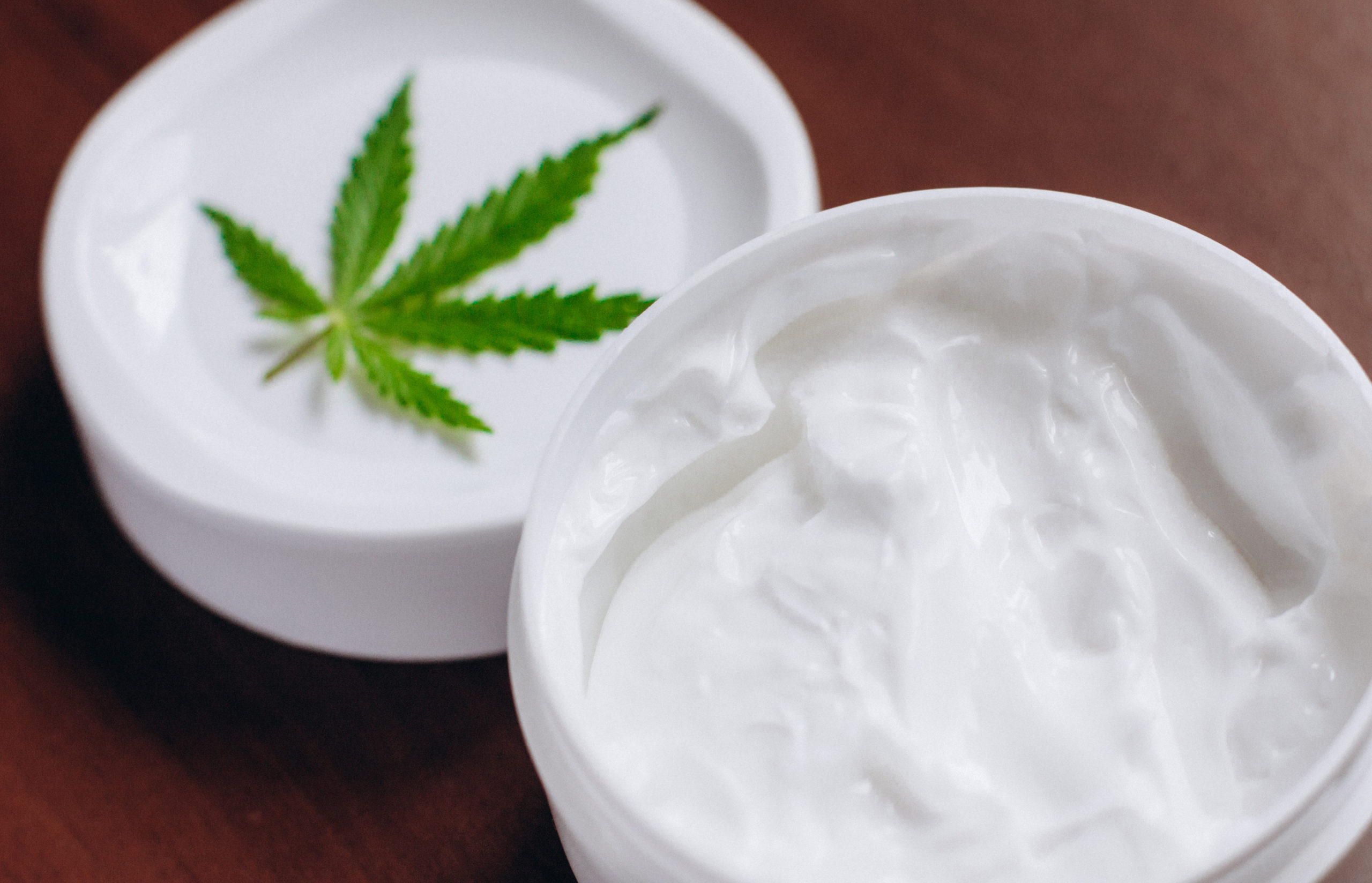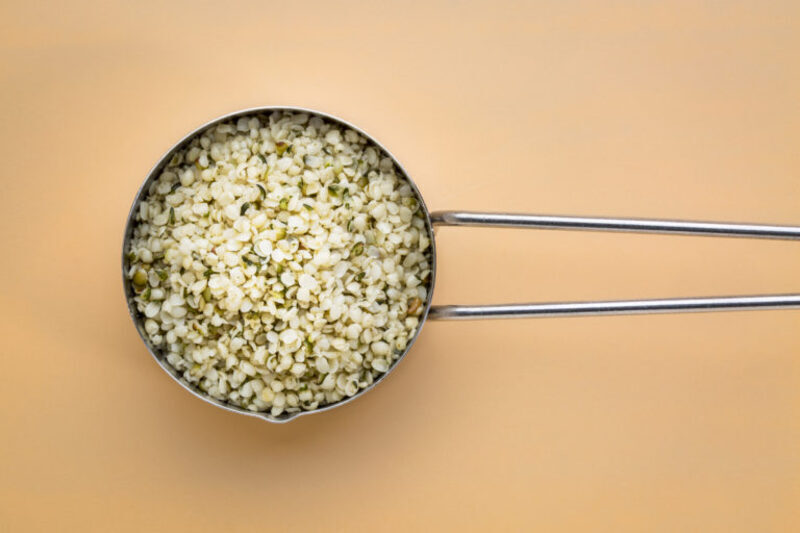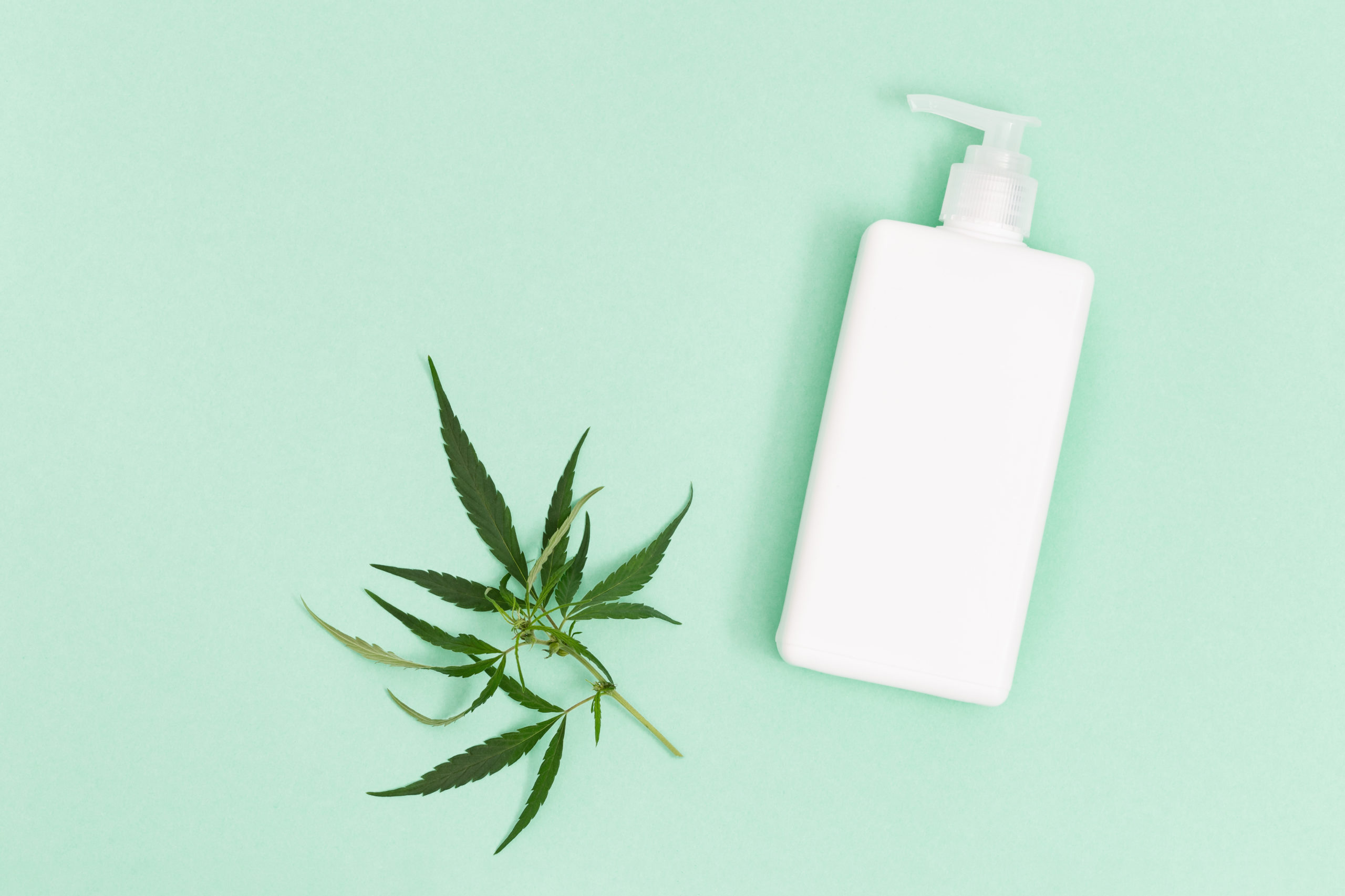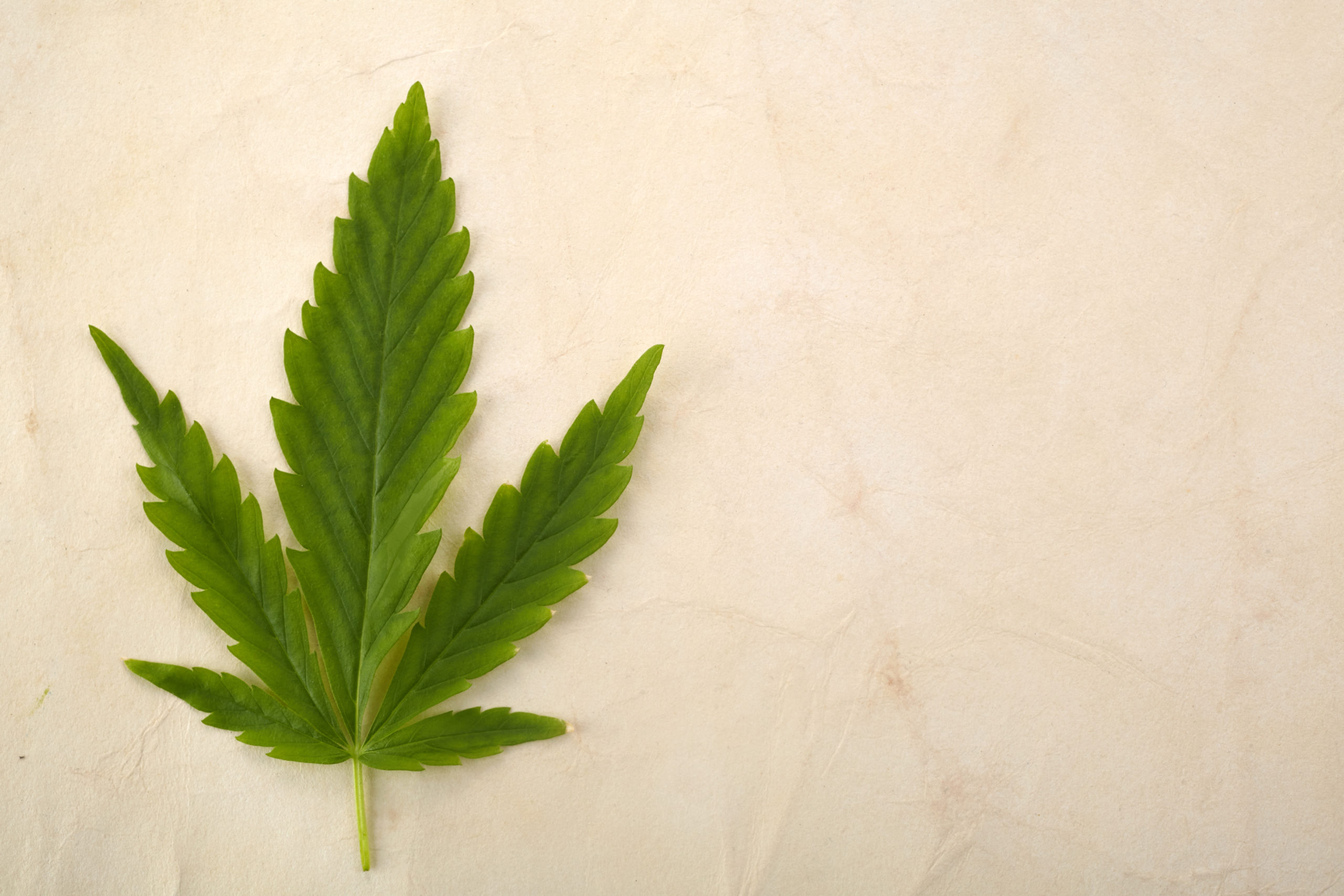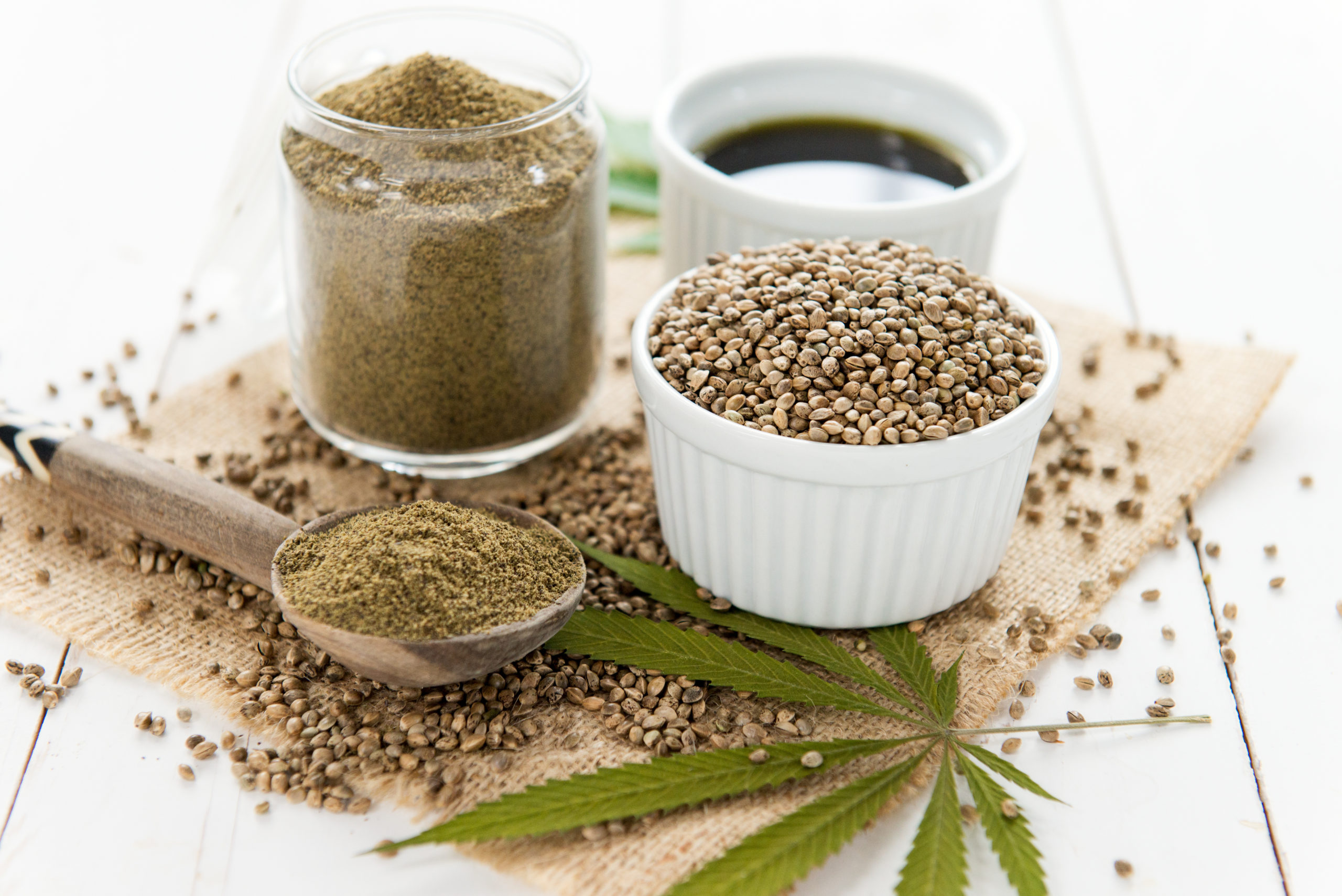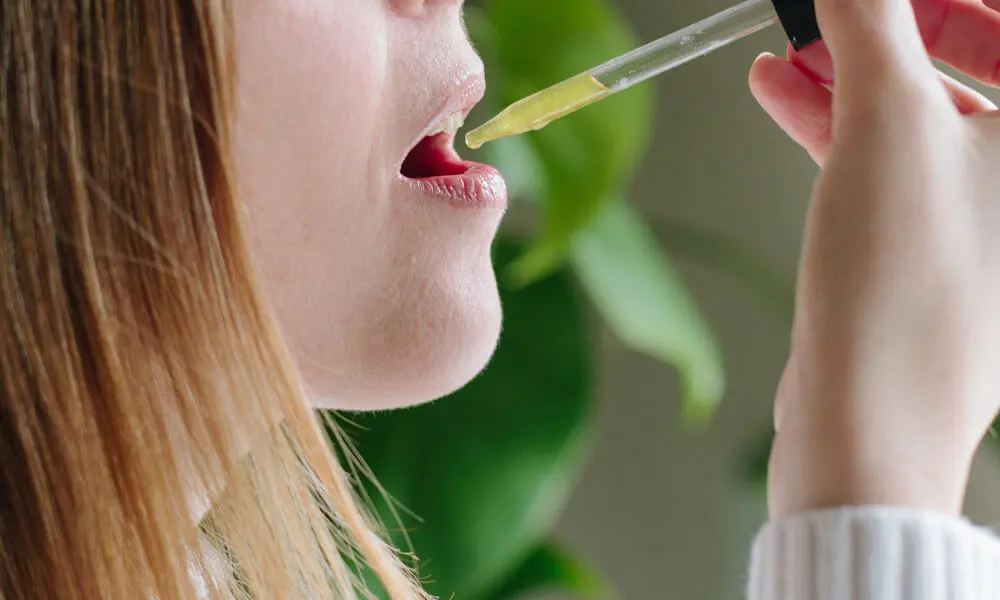-
- Market Research
- |
- CBD Near Me
- |
- Giveaways
- |
- Newsletter
- |
- Contact
- |
- Advertise
- |
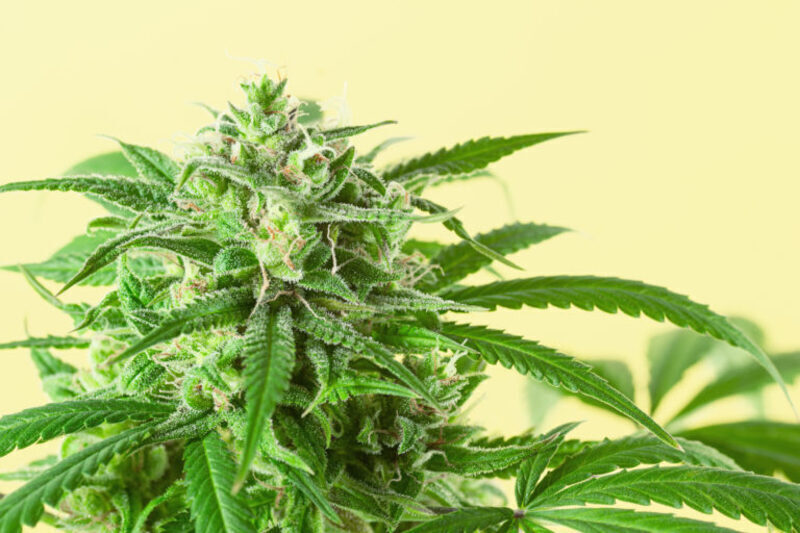
It’s the Wild West out there.
No, we’re not talking about the CBD industry, which seems to have peer-pressured itself into cleaning things up via new governing bodies like the US Hemp Authority and Hemp Roundtable.
We’re actually referring to the hemp industry.
Right now, American hemp farmers are sitting on thousands of pounds of unsold, unused hemp, and this bottleneck in the industry’s supply chain means that critical quality checkpoints are often getting skipped.
One of the biggest overlooked checkpoints?
Lab testing.
While most manufacturers test their products in one way or another, not all tests or testing laboratories are created equal. Several key points can determine whether hemp flower is being tested the right way—or not.
We’ll pose these 5 points as questions, and we’ll take a deep dive into all of them.
1. Is that “independent lab” truly independent?
This first point is arguably the most important. Unfortunately, corruption has found its way into the world of hemp testing—some so-called “independent” labs are actually funded by the manufacturers that use their services.
Talk about a conflict of interest.

It can be hard to know where such conflicting interests lie, but serious customers can figure out a lot with some due diligence. Truly independent labs should have some form of accreditation. ISO and IEC-certification are both excellent things to look for. Here’s an example of such certificates from Massachusetts-based Proverde Labs: Certificate of Accreditation.
And bonus points to labs that declare their freedom from conflicts of interest to all, though this sort of openness is still pretty rare.
Takeaway: Make sure that any third-party lab a CBD company uses is ISO-17025-accredited.
2. Is the soil being tested, too?
Many people don’t know this, but hemp is an accumulator plant. That just means it can bind to environmental toxins, including both toxins in the air and toxins in the soil. Hemp was even grown in Chernobyl following the town’s nuclear fallout. This type of bioremediation is great for the environment, but ingesting the hemp plants that make it possible is not-so-great for you.
It’s for this reason that farms and farmers need to take soil testing seriously. Any pollutant present in the soil will likely wind up in the hemp. It’s pretty easy to picture some overzealous hemp farmers somewhere, tilling and harvesting their crops on tractors that aren’t exactly zero-emission, and imagine all the things that could go wrong.
The solution?
At a bare minimum, the soil should be tested for pesticides at the start of every growing season. Farms that use permacultural or sustainable growing techniques are doing even better.
Takeaway: Look for companies that test their soil before planting and test throughout the cultivation process.
3. What is actually being analyzed?
Hemp should be tested for at least two reasons.
Firstly, tests should ensure that nothing toxic is present in the hemp. That includes testing for the pesticides and pollutants we mentioned earlier—but it also involves testing to make sure THC levels stay at or under 0.3%. For those familiar, hemp is only legal if its THC content, by dry weight, remains under this minute ratio. This type of analysis should include tests for the following:
- Mold
- Mycotoxin
- Aflatoxin
- Pesticides
- Residual solvents
- THC content
The second reason hemp flower should undergo testing? For the good stuff, of course: CBD, other cannabinoids, terpenes, flavonoids, and more.
Hemp is an incredibly diverse plant, and it can easily produce different amounts of these substances based on its phenotypic expression. But because lab tests are expensive, sometimes nonessential tests are skipped over. As a result, our collective knowledge base misses out.
Here’s a list of “good tests” to look for:
- CBD
- Raw/acid-form cannabinoids
- Trace cannabinoids
- Terpenes
- Flavonoids
- Chalcones
- Other fatty acids
Takeaway: Look for tests about cannabinoid potency, mold, mycotoxins, pesticides, residual solvents, microbes, and terpenes (preferred, not essential) on third-party lab results.
4. What type of machine is being used?
Even if one’s growing practices and testing protocols are proper, there’s still some potential room for error. Some testing machines are more effective than others.
Labs who are tight on funding may resort to using older-generation gas chromatography (GC) to analyze samples. While these machines do work, they use so much heat that they decarb their samples’ cannabinoids almost by default. This decarboxylation can throw testing numbers off by up to 13% unless those reading the test results know exactly what to look for.
Thankfully, there’s a better way to do things.
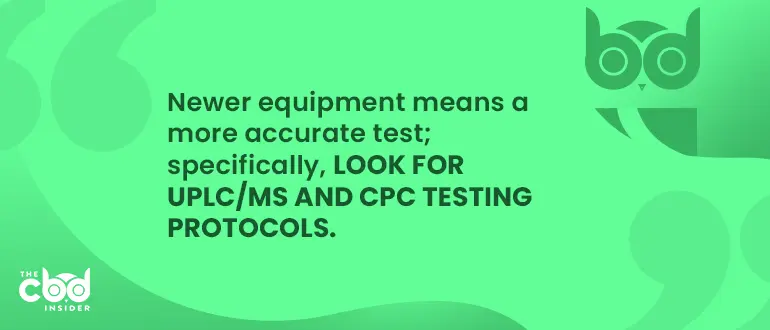
Newer technologies like ultra-performance liquid chromatography/mass spectrometry (UPLC/MS) or centrifugal partition chromatography (CPC) avoid the testing inaccuracies caused by high heat. These technologies may also pick up on trace substances better than the classic GC can.
Takeaway: Newer equipment means a more accurate test; specifically, look for UPLC/MS and CPC testing protocols.
5. Is the flower tested by the batch?
Even if one’s hemp flower was perfectly cultivated and testing protocols were spot on, there’s still one more variable to conquer. It involves making sure that the entirety of one’s hemp harvest was appropriately grown, and not just one or two parts of it.
As you might imagine, this is quite the logistical problem—a manufacturer can’t test every pound of hemp they grew, at least not if they want to retain any amount of profit.
A viable solution is found in something called randomized batch testing. By separating one’s hemp into batches and selecting a random sample out of each batch to test, product uniformity can be confirmed.
Some companies post batch-by-batch test results online. Other customer-conscious companies link their batch tests to QR codes on their products’ labels/bottles. This practice is pretty much the gold standard of testing transparency, and it may become a legal requirement in the future.
Takeaway: Looks for companies that test every batch of their product and give customers access to the third-party batch results.
Which Companies Test Their Hemp Flower Like This?
That’s a great question.
After conducting a thorough analysis of so many brands, we have found a select number that test their hemp and products appropriately.
You can find all of these companies in our list of Trusted Brands.


